ROCKPORT — Chefs say farm-to-table philosophy is so entrenched in Maine that it’s nearly impossible to open a restaurant here without at least paying lip service to the idea.
Sure, in some establishments, it’s little more than a marketing tool. But in others, like the Salt Water Farm Café, it’s practically a religion.
Tourists who want to enjoy a finely crafted meal made with ingredients plucked from the fields just hours earlier will find it doesn’t get much more authentic than a meal at this lively little restaurant, especially when that meal is followed up by a lesson in making cobblers, buckles and grunts at the Salt Water Farm Cooking School a few miles down the road.
The café, with a stunning view of Penobscot Bay, opened just over a year ago and is an interesting barometer for how the farm-to-table movement is faring in Maine.
Starting with the staff. Now that the word is out about what the founder of the cooking school and café, Annemarie Ahearn, is trying to build in midcoast Maine, cooks and other food lovers want to be a part of it. Ahearn estimates 80 percent of the people she’s hired have come “from away,” lured by the mystique of Maine and the desire to participate in her dream of creating an American recreational cooking school in the mold of Darina Allen’s celebrated Ballymaloe Cookery School in Shannagarry, County Cork, Ireland.
“They’re all coming straight out of farm-to-table restaurants all over the country,” Ahearn said during a recent lunch service at the café, as she counted off cities and staffers. The café’s general manager, for one, did stints at Chez Panisse in Berkeley and Blue Hill at Stone Barns in Pocantico Hills, N.Y., restaurants with impeccable farm-to-table credentials.
THE BACK DOOR
Then there are the suppliers. Ever since the 1970s, when locals casually showed up at Alice Waters’ back door at Chez Panisse with armfuls of frisée or French butter, such drop-by visits have become part of the mythology of farm-to-table restaurants. And sure enough, stick around long enough after lunch at the Salt Water Farm Café, and you may see the tall woman known as “the duck lady” come in the door, pulling a red cooler and cardboard box behind her.
Every week, Jackie Wilson, owner of Common Wealth Farm in Unity, hauls in that cooler filled with a half-dozen or so pastured, organically fed chickens. In the box? Five dozen duck eggs, at least one of which will be served that night soft poached, in a small white bowl, floating in an earthy brown hen-of-the-woods mushroom broth and topped with microgreens. It’s as if the diner has stumbled across the egg freshly laid in a wet marsh. It’s a quintessential farm-to-table moment.
If you’re there when “the duck lady” comes in, chances are you’ll also see “the forager guy,” said Debbie Chatfield of Rockland, who was eating lunch at the café, as she does every day, with her friend Betsy Henshaw.
“He’s in his late 20s, and he brings in a bucketful of stuff that he’s foraged from the woods,” Chatfield said. “Everybody who comes in here has their own specialty, like the oyster guy. The crab claws come from Port Clyde, so they’re always fresh. I don’t know where the clams come from, but probably out on the islands. Usually there’s a whole parade of people. There’s no truck sitting outside, unloading.”
Like most farm-to-table restaurants, the Salt Water Café wears its heart on its sleeve, listing its many purveyors – from Port Clyde Fresh Catch to “Frank the forager” – on a chalkboard hanging above the open kitchen.
Chef Sam Richman, 34, grew up in New Hampshire, but cooked for 10 years at restaurants in New York City. A chef can have the best ingredients in the world, he says, but what’s the point if there’s no audience for it? He decided to move to Maine when he realized people here were actually supporting restaurants like Salt Water Café.
“You don’t have the diversity (of ingredients) that you have in New York, but the best of what we have here is as good as a certain kind of restaurant in New York,” he said. “It’s a very exciting time and place to be cooking.”
LET THE INGREDIENTS TALK
Most chefs who are into farm-to-table cuisine say they want to let ingredients speak for themselves, and Richman is no exception. The local oysters come with lemon wedges – no horseradish or mignonettes – so the natural flavor of the oyster is front and center. Mention beets to Richman, served in late June as borscht with poached, line-caught halibut, and expect to hear an ode to the vegetable.
“Spring beets are coming in with really small, tender beet greens and leaves that have this really silky texture,” Richman said. “You get really earthy and sweet beets that give a beautiful pink broth. Then the stems provide some crunch, and the leaves are an amazing color contrast. They’re bright green and silky and smooth.”
Then there’s the chicken (also from Common Wealth Farm). A lot of people don’t like to order something in a restaurant that they could easily make at home, but to pass up on the chicken with greens and farro at Salt Water Farm would be a mistake. Richman lavishes the birds with love in the kitchen, brining them, poaching the breasts, cooking the thigh meat separately, crisping the skin, then tucking the chicken into a stew of farro and seasonal vegetables from the garden – fiddleheads and ramps in spring, more recently, Tuscan kale, turnips and wild garlic.
Richman said he hopes the day will come when the term “farm-to-table” can be retired, because people will just take it for granted that good restaurants use good ingredients.
THE FRONT DOOR
The café is housed in a former 1856 union hall and barrel factory that the landlords restored from top to bottom; Ahearn designed the café. The room has many tall windows, vanilla-colored walls and the open kitchen that takes up at least half the restaurant but projects the welcoming feel of being a guest in someone’s home. The bar stools and tables – including the long communal table of the sort that’s become so common in farm-to-table restaurants – were made from reclaimed wood by Switch Furniture Design. The coffee cups and chairs came from a beloved, now defunct diner that used to be across the street. Antiques are everywhere.
A small market within the café sells the silverware, along with the ceramics, napkins, carafes and other items used in the cafe. Pantry items are also available, including local honey and dilly beans, anchovies, olive oil and capers.
Then there is the gorgeous antique copperware that “all comes from a woman named Ginger Tuttle,” Ahearn says, “whose house is like a copper museum.” A mid-19th-century French daubiere (braising/stewing pan) comes with a 21st-century price tag of $1,570. The farmhouse-friendly daubiere and English and French sauté pans are fun for browsing, but the to-the-manor-born prices mean the café sells only about four a year.
Ahearn’s original plans did not include a café. She moved to Maine from New York City to turn an old sheep farm her parents bought in Lincolnville in 1999 into a cooking school. She built a rustic barn and put a kitchen inside it filled with modern conveniences but also plenty of nods to the past – gorgeous ceiling beams, a deep farmhouse sink, and a long communal table surrounded by Windsor chairs where students share meals after a class. There’s also a huge wood-fired oven made of stone, built by Pat Manley, the same Washington mason who built the wood-fired oven at Fore Street restaurant.
Just outside the door, there’s another communal table under an arbor strewn with lights. This stone patio area has a full outdoor kitchen and fire pit – and another stunning view of Penobscot Bay. The weathered-looking barn and neutral stones are offset by planters of cheery red geraniums and plantings of beach roses that splash the patio with color.
Ahearn dreamed that, in this place, she could help people rediscover fundamental skills in the kitchen and learn traditional ways of cooking. She teaches students how to make butter, bake bread, open an oyster, and turn out such traditional New England classics as finnan haddie and chowder – in essence, they learn the same skills used in farm-to-table restaurants and bring them home to their own kitchens.
And, perhaps most importantly, they learn how to trust their senses.
“I have the firm belief that people actually know how to cook instinctually,” Ahearn said. “They’re just so used to following recipes and watching culinary talents on television do it that they feel like if they don’t do it that way, then they’re not doing it right. I make a point of making mistakes in the class so we can fix them, so I can show people that they can absolutely do this at home. That’s the goal. It’s not about fancy techniques and magic cooking, it’s about real cooking.”
The cooking classes use vegetables and herbs grown in the farm’s garden, which also supplies some of the harder-to-source ingredients for the cafe. On the final day of a three-day workshop recently, the students were learning to make wood-fired pizza, and bouquets of basil and other herbs were set out on the kitchen island. A platter displayed an array of colorful vegetables as though they were works of art – fennel, carrots, chard and baby beets. There was chevré from Appleton Creamery, a plate of Italian sopressata, and a bowl with corn, red and white onions, and tomatoes.
Eventually, Ahearn began holding a monthly supper club at the cooking school, and it became so popular her parents urged her to open a restaurant.
Today, with both school and café running smoothly, Ahearn (who is just 33) finally has time to take a deep breath and give herself a pat on the back for all that she has accomplished in five years – building an integrated farm-to-table school and café from scratch that’s been featured in the pages of The Wall Street Journal, The New York Times, Food & Wine and Country Living, and many other publications tapping into the national interest in farm-to-table fare.
“There were days when I didn’t know if I was going to make it to the next day,” she said, “but we’ve arrived.”
So, too, has Maine’s farm-to-table movement.
Send questions/comments to the editors.


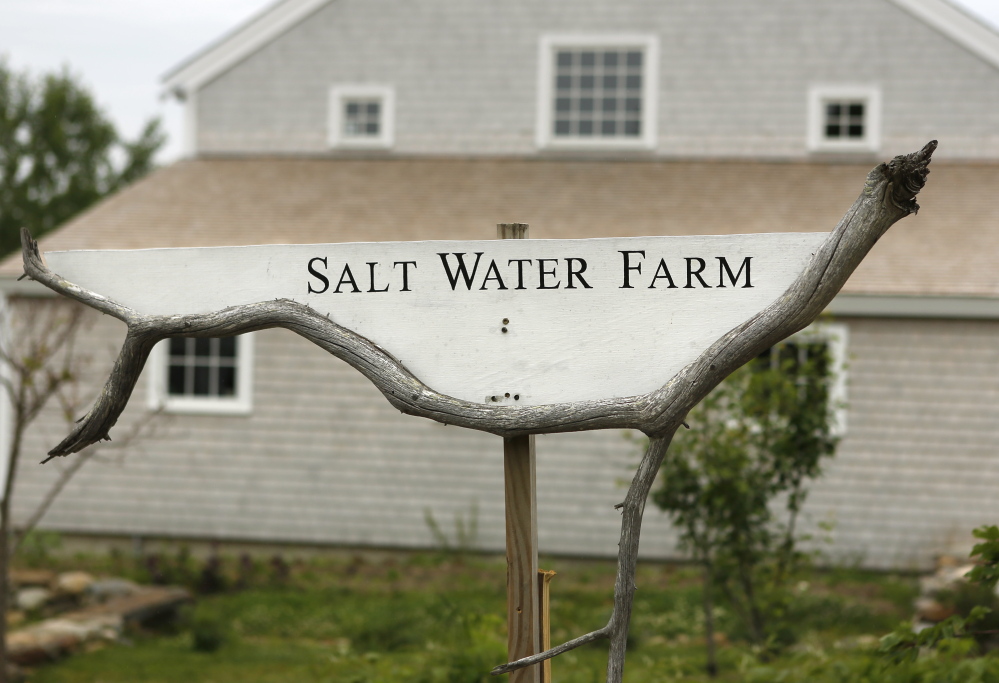
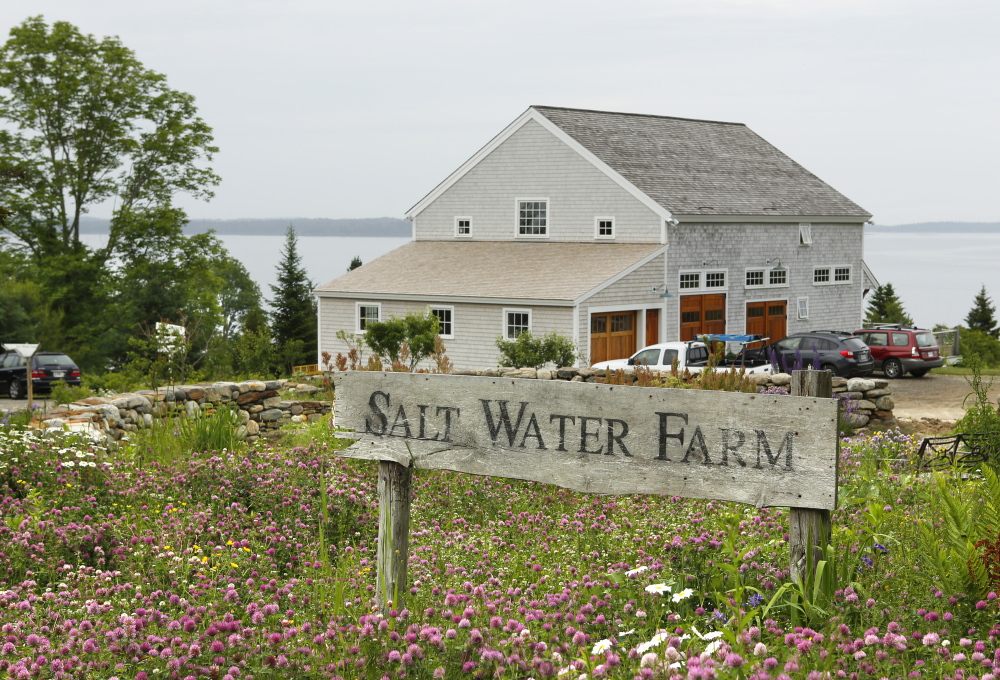
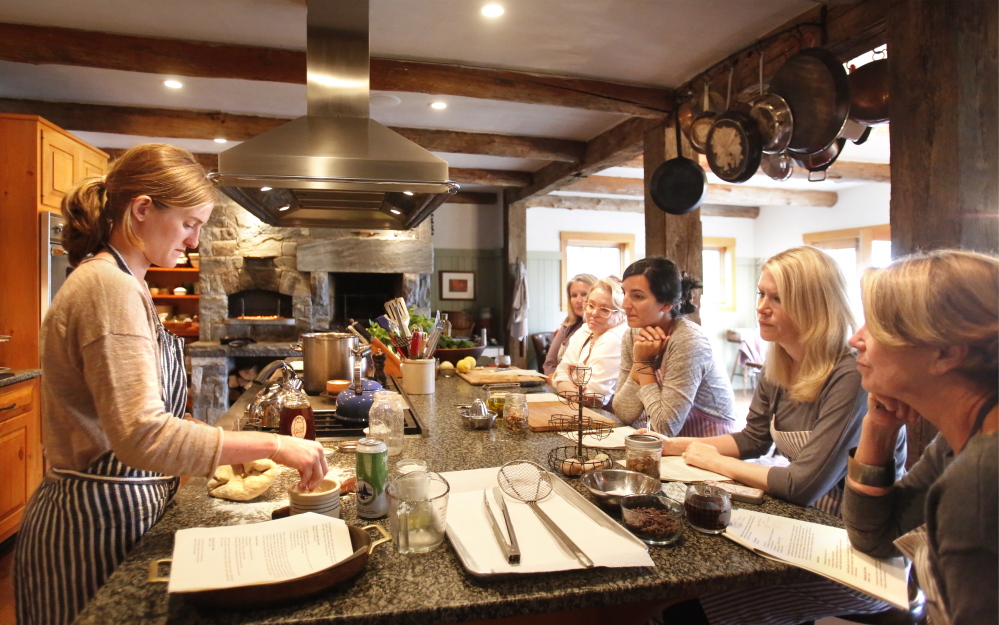
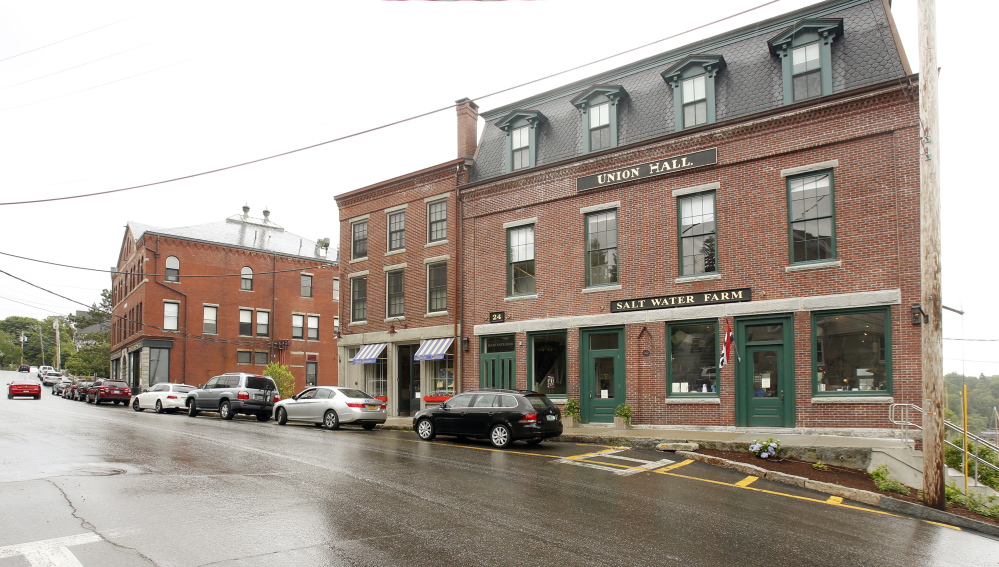
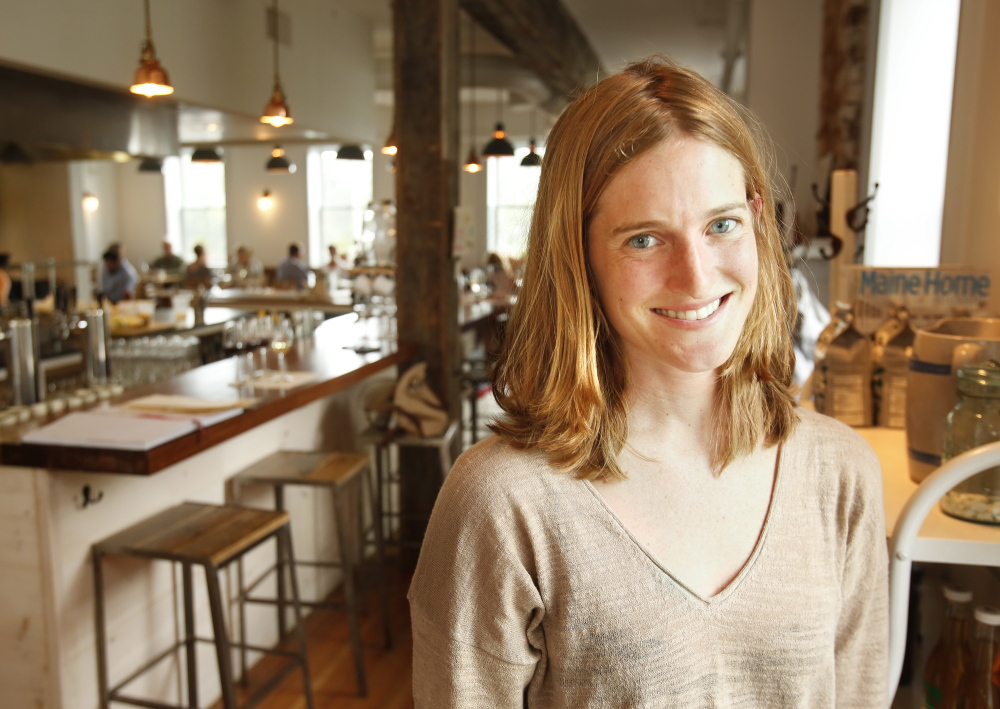

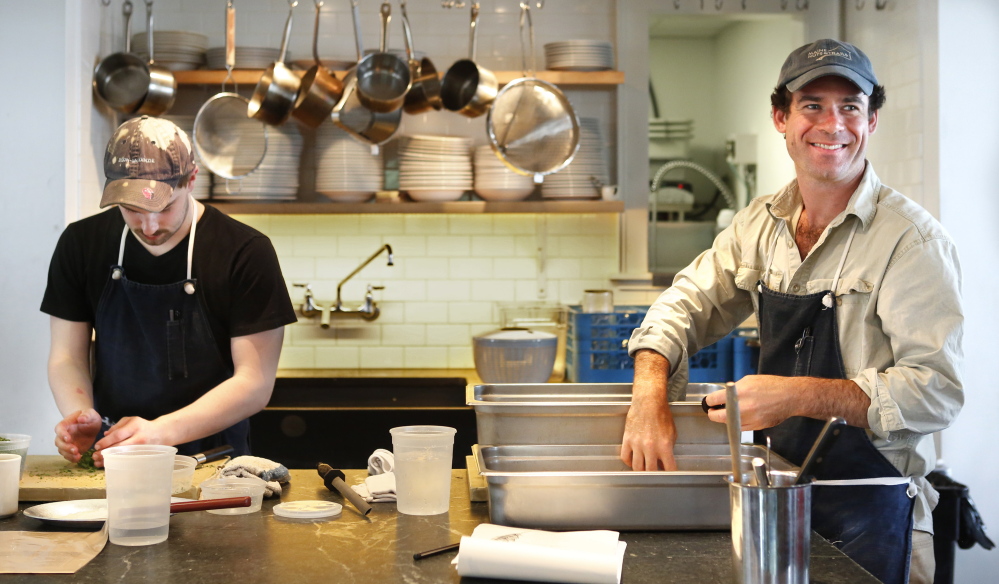
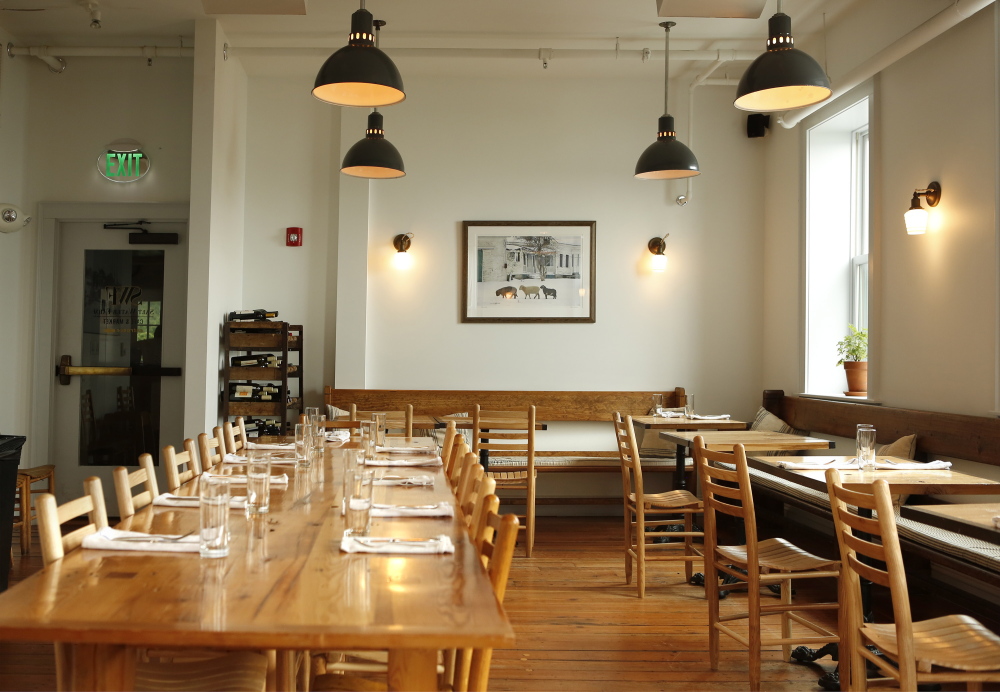
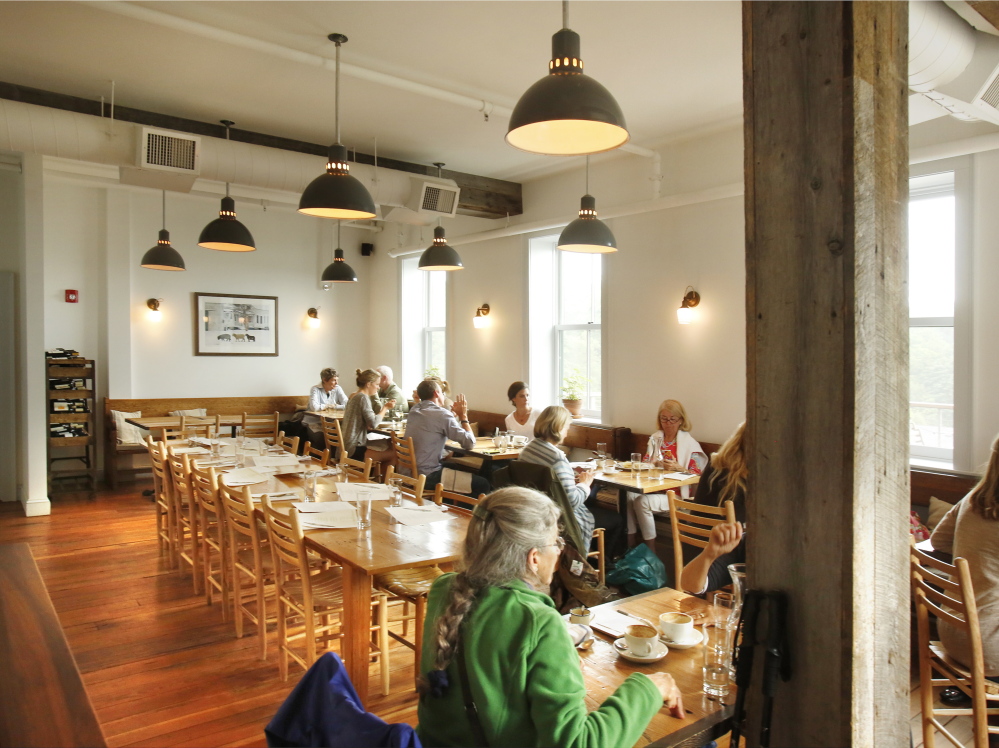



Success. Please wait for the page to reload. If the page does not reload within 5 seconds, please refresh the page.
Enter your email and password to access comments.
Hi, to comment on stories you must . This profile is in addition to your subscription and website login.
Already have a commenting profile? .
Invalid username/password.
Please check your email to confirm and complete your registration.
Only subscribers are eligible to post comments. Please subscribe or login first for digital access. Here’s why.
Use the form below to reset your password. When you've submitted your account email, we will send an email with a reset code.